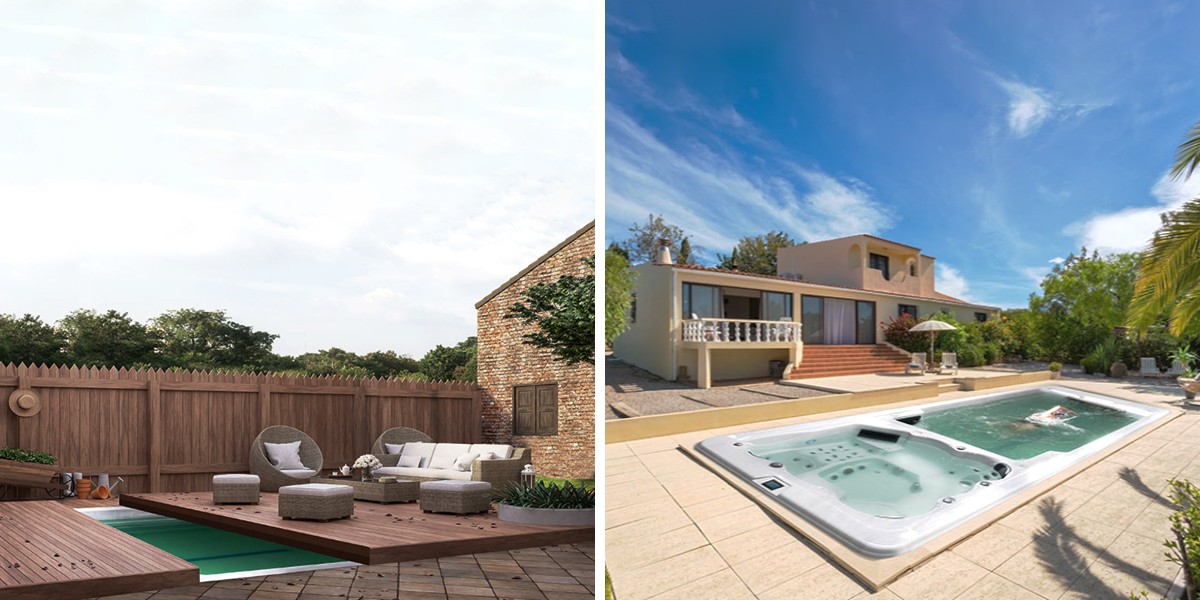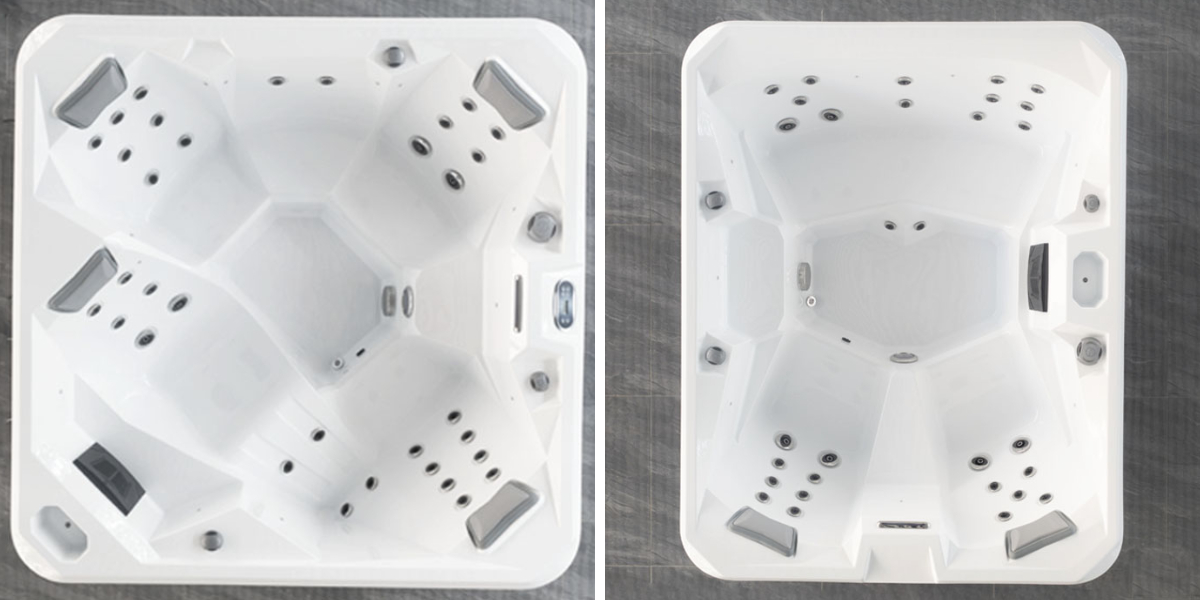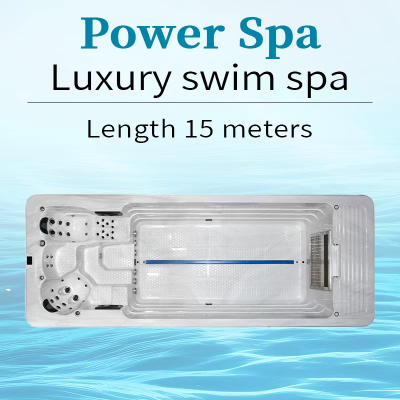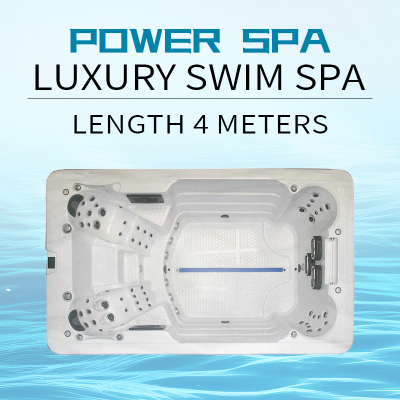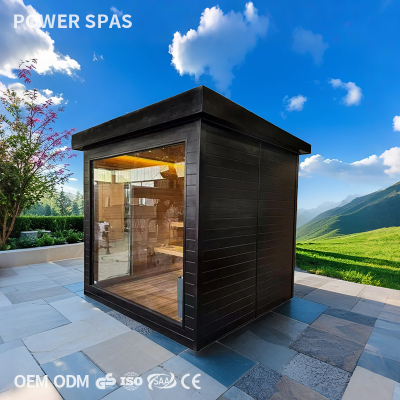The Rise of Hot Tubs: Materials, Benefits, and Modern Usage Explained
As living standards improve, people increasingly seek health and comfort. Hot tubs, which integrate relaxation, entertainment, and health benefits, have become increasingly popular in homes and commercial venues. This article will detail the background development, materials used, and benefits of hot tubs.
I. Background of Hot Tub Development
Hot tubs originated in early 20th-century Europe, initially resembling traditional hot baths. As technology advanced and health needs grew, hot tubs evolved into comprehensive spa devices. In the 1960s, American manufacturers began incorporating jet massage functions into pools, creating the prototype of modern hot tubs.
In the 21st century, hot tubs have rapidly spread worldwide, moving from high-end hotels and fitness centers into ordinary households. Modern hot tubs feature powerful massage functions, combining hydrotherapy, music therapy, and light therapy to offer an ideal way to relax and relieve stress.
II. Materials Used in Hot Tubs
1. Tub Material The primary materials for hot tub construction include fiberglass, acrylic, and concrete. Fiberglass is lightweight, strong, and corrosion-resistant, making it the most commonly used material. Acrylic is favored for its excellent transparency and weather resistance. Although concrete is more expensive, it is durable and suitable for large commercial pools.
2. Massage Jets Massage jets, a core component of hot tubs, are typically made of stainless steel or high-strength plastic. Stainless steel jets are corrosion-resistant, heat-resistant, and long-lasting, while high-strength plastic jets offer good impact resistance and cost advantages.
3. Piping System Hot tub piping systems usually use PVC or CPVC materials, both of which have excellent corrosion resistance and mechanical strength, able to withstand high water pressure and chemical erosion over the long term.
4. Filtration System The filtration system, crucial for maintaining water quality, typically uses polyester fiber or ceramic filter materials. These materials effectively filter out impurities and microorganisms, keeping the water clean.
5. Heating System Heating elements in hot tubs are often made of titanium alloy or stainless steel. Titanium alloy offers excellent corrosion resistance and thermal conductivity, while stainless steel is widely used for its lower cost and good heating efficiency.
III. Usage Methods of Hot Tubs
1. Startup and Calibration Before using a hot tub, conduct a thorough inspection and calibration. Ensure all pipe connections are tight, and the pump, heating, and filtration systems are functioning properly. Fill the tub with water to the designated level, then activate the heating system, adjusting the water temperature to a comfortable range (usually 37-40°C).
2. Massage Functions Hot tubs achieve their massage functions through water jets and bubbles. Users can adjust the angle and intensity of the jets to select different massage modes. High-end hot tubs may include smart control systems, allowing operation via mobile apps or remote controls for a more convenient experience.
3. Water Quality Maintenance Maintaining water quality is key to ensuring effectiveness and extending the life of the hot tub. Regularly check and replace the filter system’s filters, add appropriate amounts of disinfectants and pH adjusters, and prevent water quality degradation. Clean the tub after each use to avoid residues affecting water quality.
4. Regular Maintenance Regular maintenance extends the hot tub’s lifespan. This includes checking the condition of the jets, piping, and heating systems and replacing damaged parts promptly. Depending on usage frequency and environmental conditions, deep cleaning of the tub and equipment should be performed periodically.
IV. Benefits of Hot Tubs
1. Stress Relief Hot tubs provide effective relief from physical fatigue and mental stress through water jet and bubble massages, promoting overall relaxation.
2. Improved Circulation Warm water and massage stimulate blood circulation, enhancing metabolism and helping alleviate muscle soreness and joint stiffness.
3. Better Sleep Quality Relaxing in a hot tub can help alleviate insomnia and anxiety, leading to improved sleep quality.
4. Skin Care The hydrotherapy function of hot tubs deeply cleanses the skin and promotes blood circulation, making the skin smoother and more delicate.
Conclusion
Hot tubs, as a facility combining health and leisure, are becoming increasingly popular. Understanding their development background, material usage, and correct usage methods allows us to better enjoy the numerous benefits they offer. In the future, with continuous technological advancements, hot tubs will become more intelligent and user-friendly, becoming an indispensable part of homes and commercial venues.
